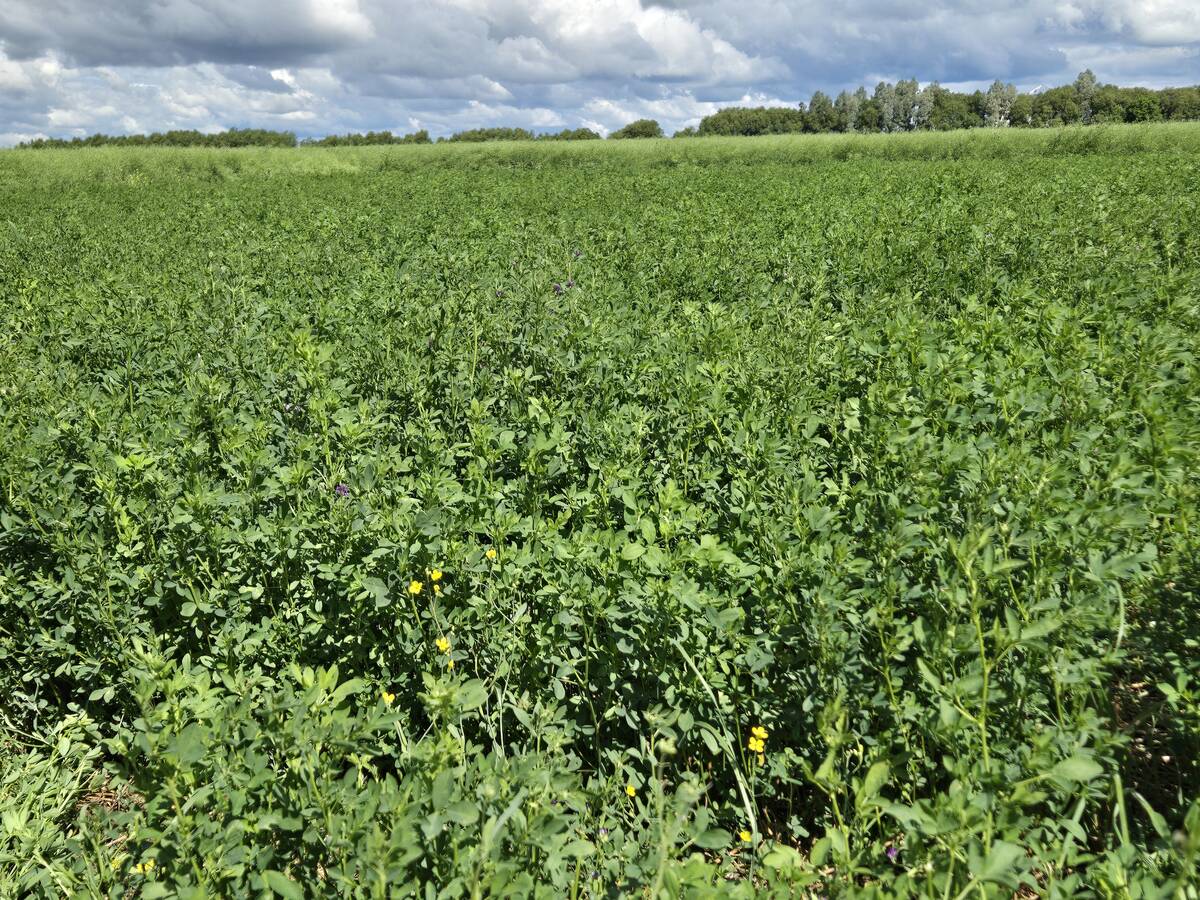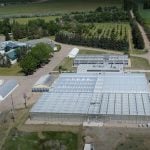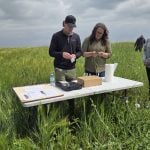1986-93 – The Uruguay Round of the GATT, or General Agreement on Tariffs and Trade, leads to reductions in agricultural subsidies and other agreements on textiles and intellectual property rights.
1995 – Members of the GATT agree to form the World Trade Organization.
1999 December – WTO talks in Seattle designed to launch a new round of subsidy cutting and trade liberalization collapse. About 30,000 protestors disrupt the summit.
2001 November – WTO members meeting in Doha, Qatar, agree on the Doha Development Agenda, intended to open negotiations on opening markets to agricultural and manufactured goods.
Read Also

Manitoba Parkland research station grapples with dry year
Drought conditions in northwestern Manitoba have forced researchers at the Parkland Crop Diversification Foundation to terminate some projects and reseed others.
2001 December – China formally joins the WTO. Taiwan is admitted weeks later.
2003 September – World trade talks in Cancun, Mexico, collapse after four days of wrangling over farm subsidies, access to markets.
2004 August – Geneva talks achieve framework agreement on opening up global trade. U.S. and EU will reduce agricultural subsidies, while developing nations will cut tariffs on manufactured goods.
2005 December – Hong Kong meeting was to be where a draft accord for the Doha Round would be accepted by member country ministers, but deep disagreements remain, forcing participants to scale back expectations for the meeting.
2006 March – Many believe this is the latest date for agreement on a framework accord to allow for a final pact by the end of 2006.
2007 summer Ð U.S. president’s “fast track” trade authority legislation runs out. Legislation requires U.S. lawmakers to vote on trade pacts without making changes. Without it, Congress could approve amendments that would unravel the deal.
















